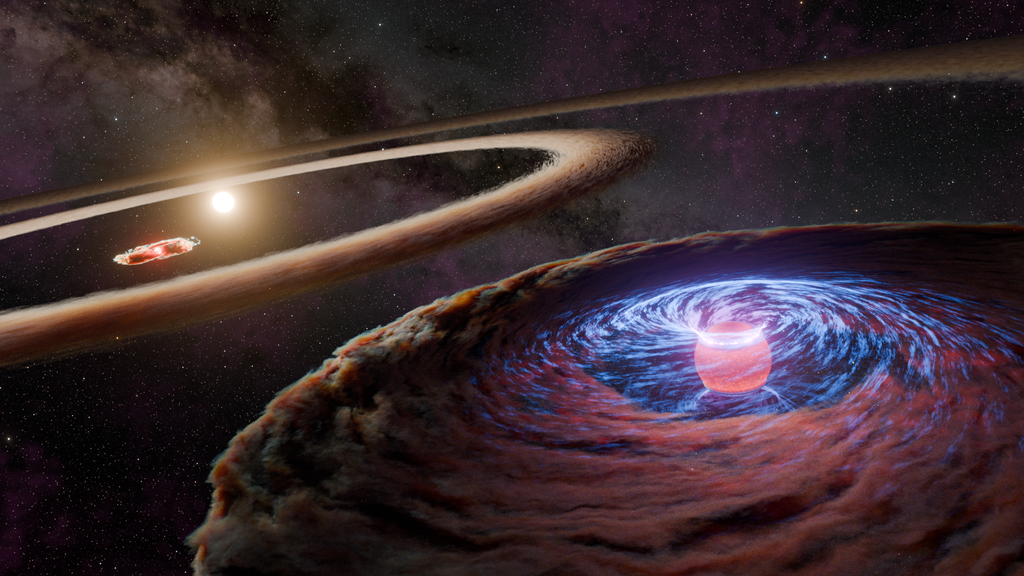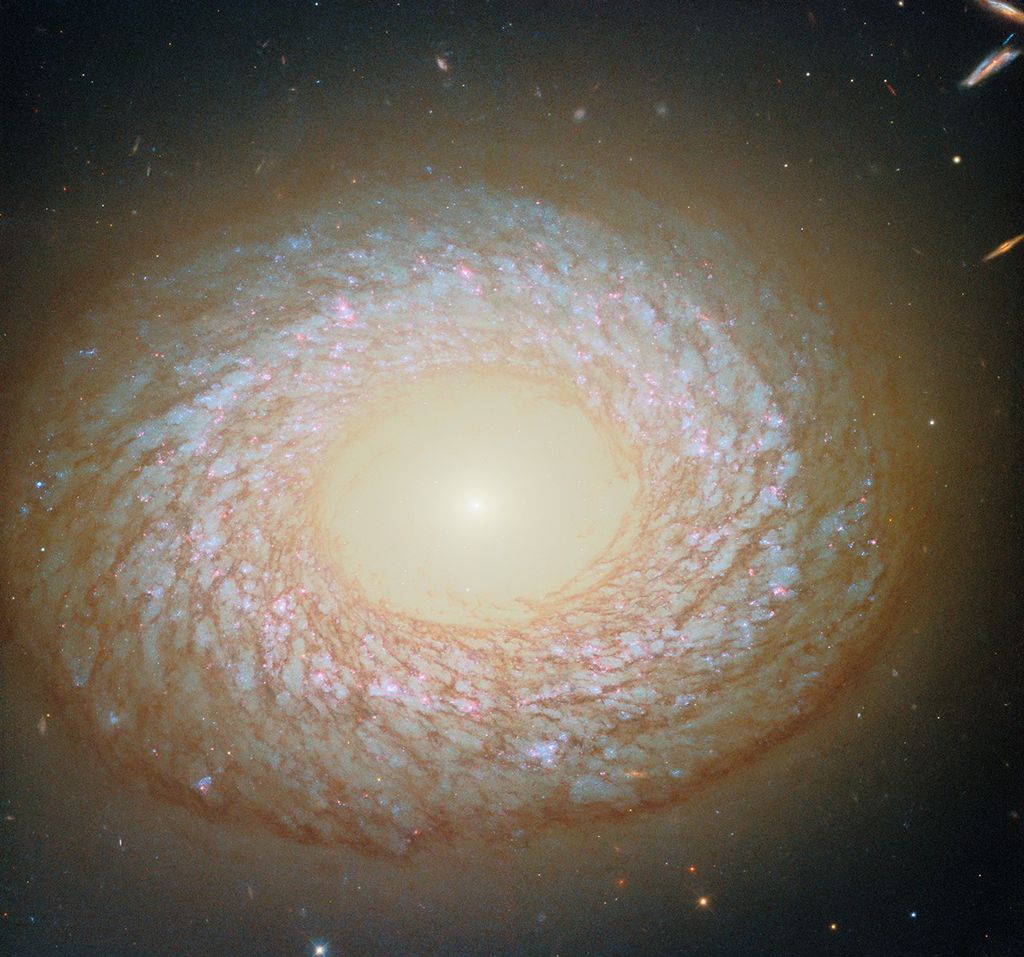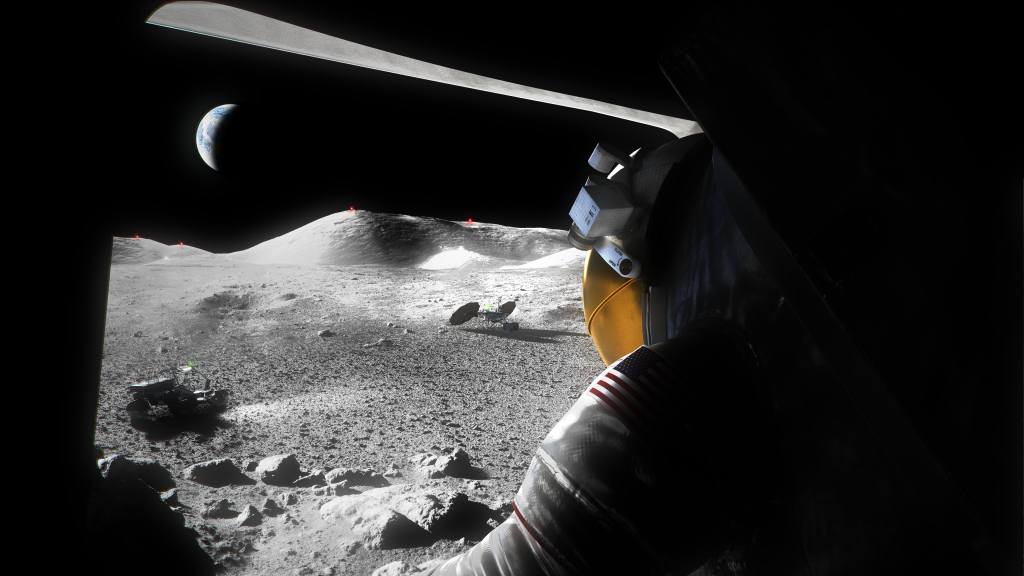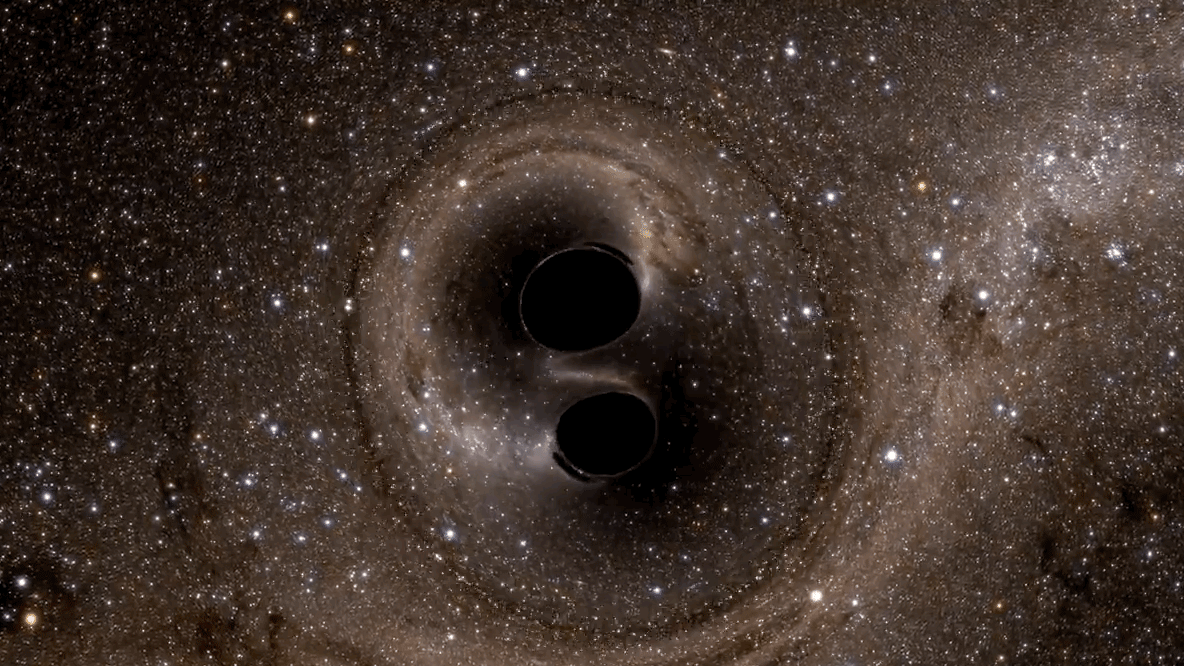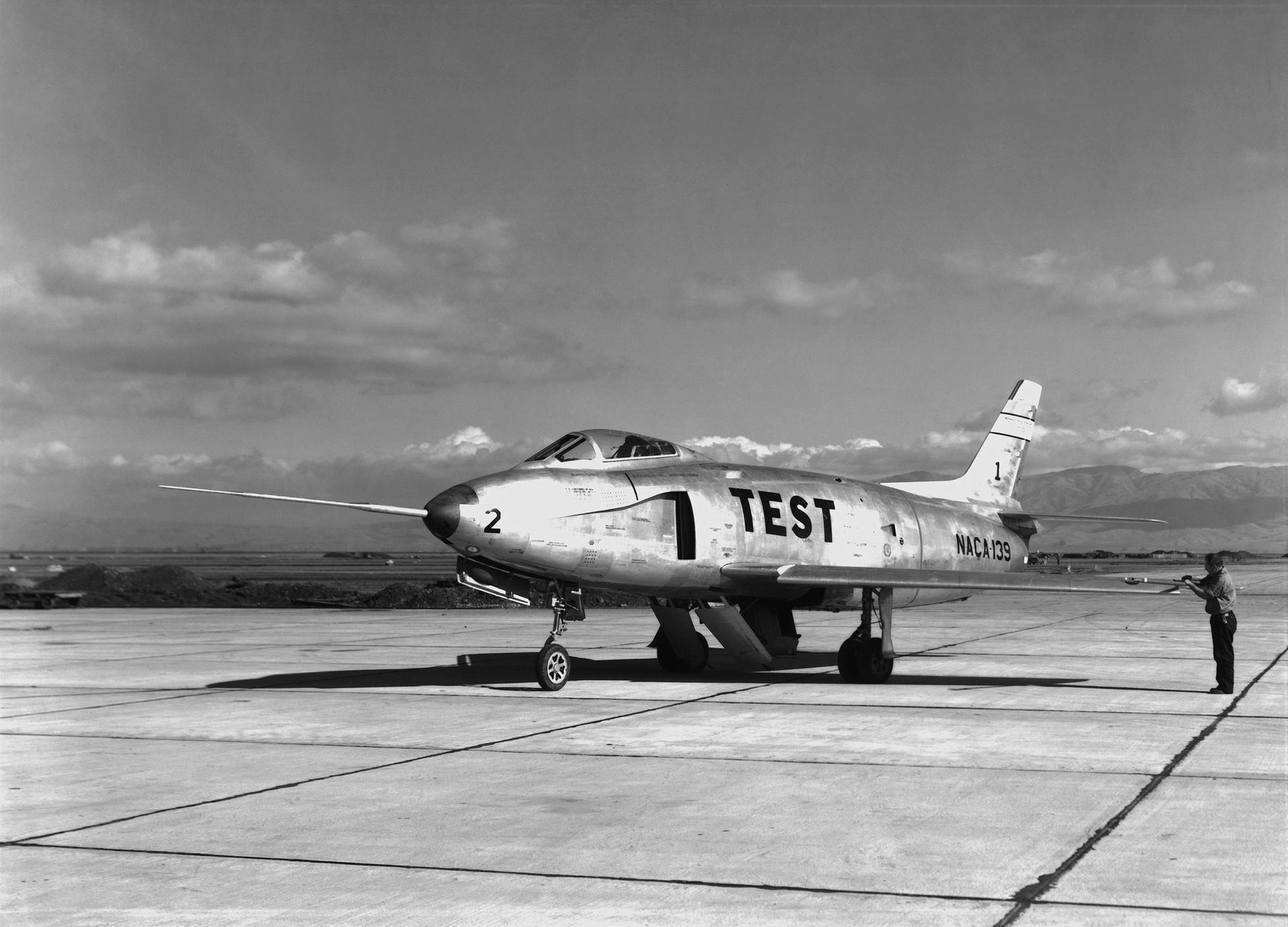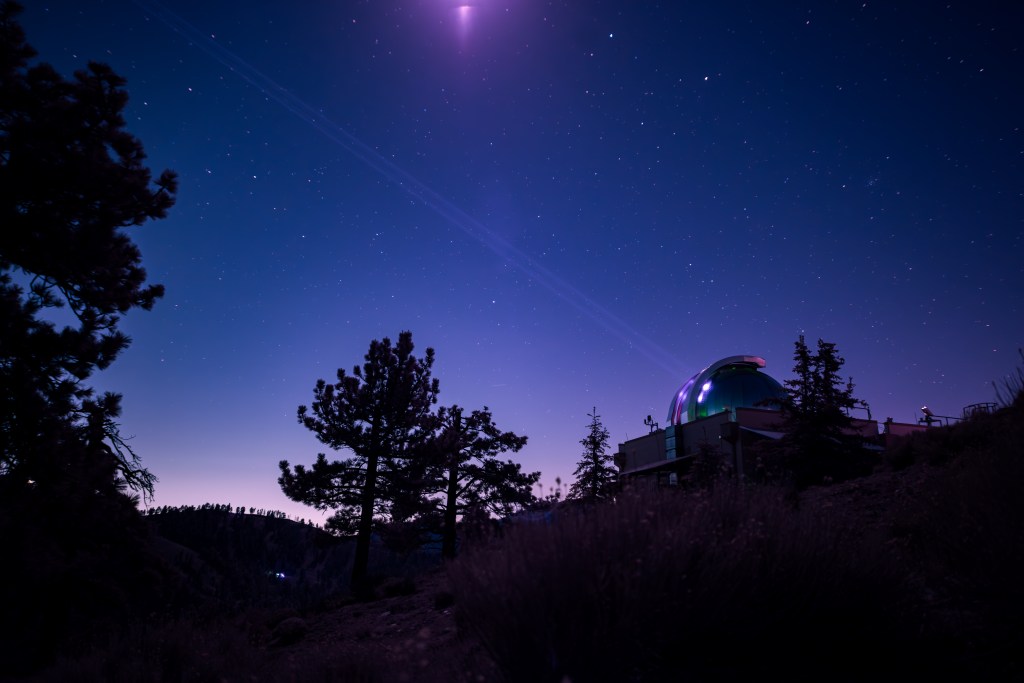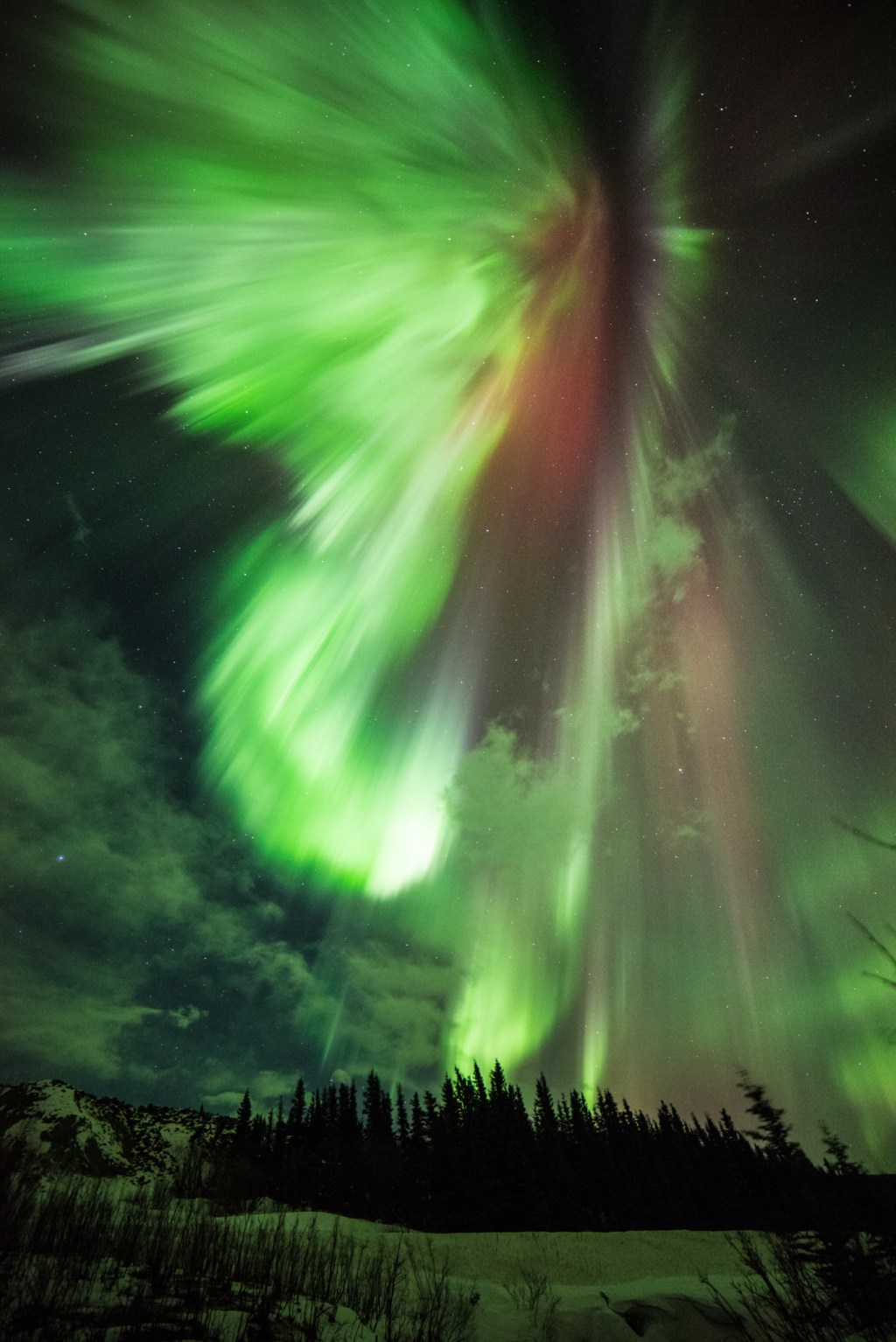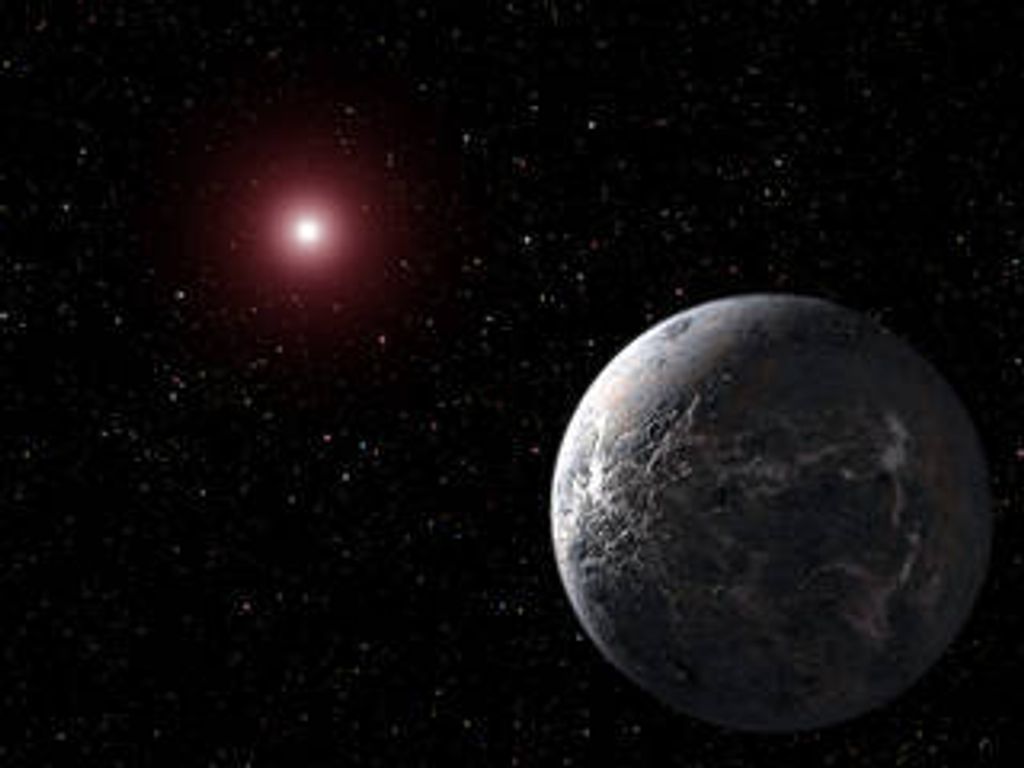Aurora Research and Heliophysics Lesson Plan

This is an artist's concept of an opulent aerial display of a cherry-red aurora hovering over Saturn's south pole. Auroras are triggered by high-speed particles from the Sun, which electrify the planet's upper atmosphere. The aurora is red because of emission from glowing hydrogen. The aurora is oval because the glowing gases trace the magnetic field lines that converge, like a narrowing funnel, onto the planet's magnetic poles. This image depicts the view at the beginning of the Saturnian spring in the planet's Southern Hemisphere. Like Earth, Saturn is tilted on its spin axis and has seasons. The Sun is slowly creeping below the ring plane and is illuminating it as a brilliant arc behind the shadowed disk of the planet. The southern polar region is still in shadow, allowing for a full view of the complete auroral ring. Joint observations with NASA's Hubble Space Telescope and the Cassini Saturn orbiter show that the auroras behave differently from auroras on Earth and Jupiter.
| Levels |
|
|---|---|
| Material Type |
|
| Heliophysics Big Ideas |
|
| NGSS |
|
| Heliophysics Topics |
|
| Heliophysics Missions |
|
| Material Cost per Learner | Free |
| Language | English |
In this 5E high school lesson, students learn about aurora, how they form, and the different phases they go through as they propagate. They learn about several heliophysics missions, their instruments, and findings.

